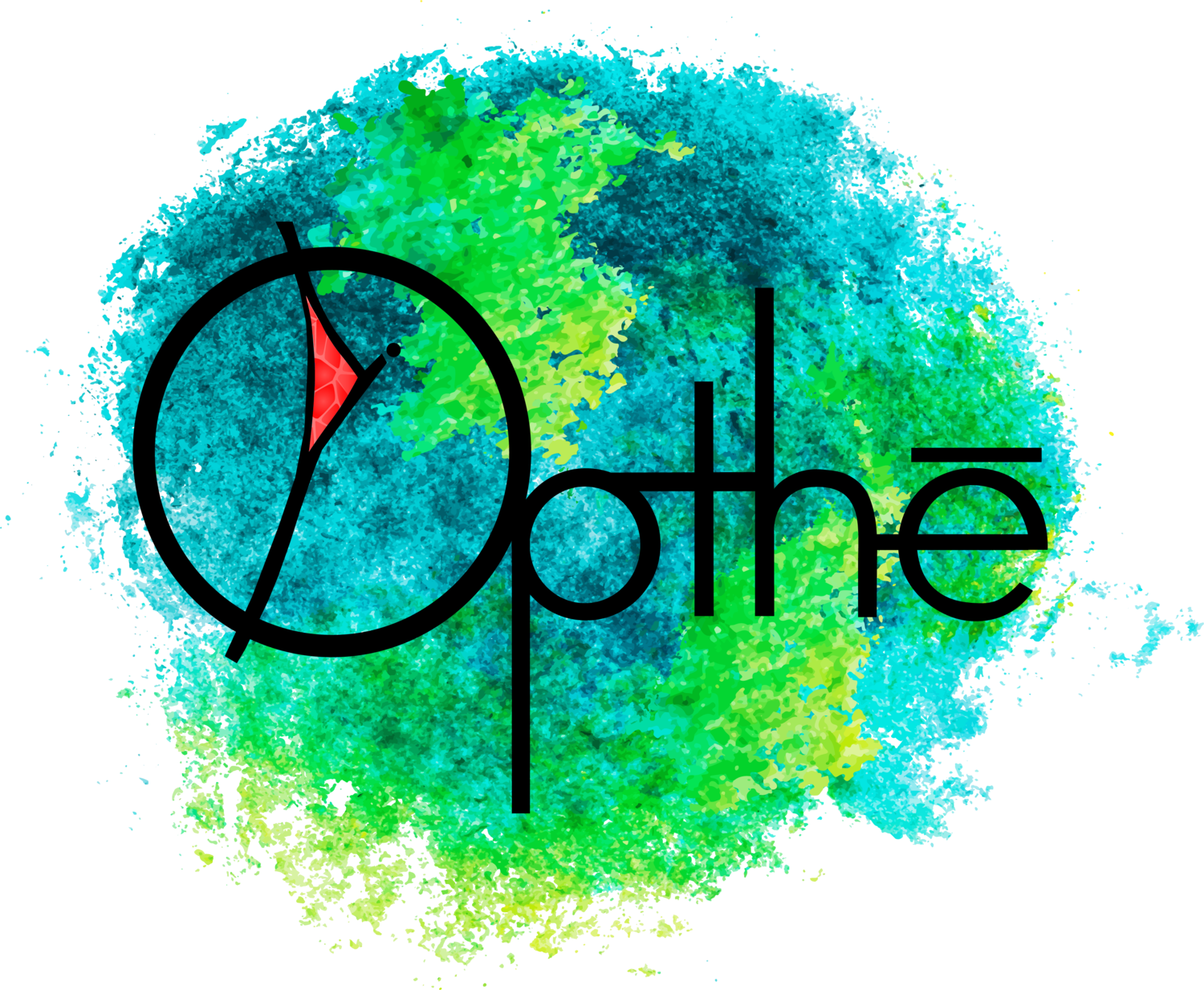A declaration for those who no longer believe in divine design but still hunger for meaning.
Note
For generations, theology has depended on a story of design. But we now know the cosmos was not planned; it is entropic, accidental, and still unfolding.
The Opthēan Canon of Coherence offers a new frame: a theology of meaning grounded in the physics of emergence, not divine intention. It is written for those who refuse despair yet cannot return to belief.
Prelude: The End of Design
There was a time when theology assumed a plan—an architecture behind the stars, an author behind the story. But the deeper we have looked into the universe, the less that story holds. We now know we live in an entropic cosmos, not a crafted one: a universe expanding toward cold equilibrium, where order flickers only briefly in the dark.
That knowledge could have been the end of theology. For centuries, faith rested on the idea of design. But here, in this unplanned world, something extraordinary has happened. Out of randomness, life has arisen. Out of indifference, care has evolved.
Theology’s task is no longer to justify a designer; it is to understand the emergence of meaning in a universe that does not require it.
This is the birth of Opthē:
a theological language for those who have lost the comfort of divine order,
but not the hunger for coherence, tenderness, and truth.
The Great Alignment (The Opthēan Shema)
Hear, O Community of Life:
The Sacred is not elsewhere, nor other than this world.Love Life with the wholeness of your being—
with minds that seek,
with hearts that feel,
with bodies that serve,
and with spirits that reach toward coherence.Recognize in Life the tender defiance of entropy—
the strange and luminous rebellion that gives rise to meaning.Join that defiance in thought, emotion, and deed—
to deepen coherence and sustain the struggle of life.Nurture life in one another and in yourselves,
for all being arises within a shared emergence.In this alignment of minds, bodies, and wills,
meaning awakens, and the evolution of life goes on.Leader: In all times and places, through word and action, we say:
All: Yes to Life. Yes to Life. Yes to Life.
This Shema is not a creed but an orientation. It replaces obedience with participation.
Where ancient faiths said, “Love God,” Opthē says, “Love Life.”
For Yeshua, devotion meant aligning with the Creator of an ordered world.
For us, devotion means aligning with the coherence that keeps life possible in an unordered one.
To love life in this way is not sentimentality. It is the most courageous act an intelligent species can perform in an indifferent universe. It is the tender defiance of entropy.
How Meaning Emerges in Opthē
In an entropic cosmos, life is the ongoing process that locally resists dissolution by generating patterns that endure long enough to relate. Meaning arises in that resistance.
Meaning is not given or found; it emerges when perception, emotion, and action come into coherent alignment—within and between living beings. It is not a static truth waiting to be discovered; it is a living fit between what is felt, known, and done.
This emergence is always communal. Private meanings remain provisional until tested within shared attention, vow, and practice. Truth, in Opthē, is a communal accomplishment.
And value? It is designated, not intrinsic. Nothing is sacred by nature; it becomes sacred when it endures coherence tests:
These tests include truth-responsiveness, responsibility to life, relational fit, and vigilant reverence.
Through these tests, the sacred is kept alive and honest. That is what makes this theology a discipline, not a dream.
The Opthēan Shema operationalizes all of this. Each utterance of “Yes to Life” is not a confession but an experiment—a renewal of commitment to generate meaning, verify it through praxis, and sustain it as communal labor.
The Triadic Doctrine of Emergent Meaning
Meaning is not a substance; it is a relationship—a living pattern sustained through participation. Its formation can be understood as a triadic process:
Alignment (Interior):
Perception, emotion, and action come into internal coherence. The self becomes a small field of order—a living hypothesis of harmony within chaos.
Resonance (Communal):
Many alignments synchronize to create collective coherence. Relationship multiplies meaning; the personal becomes participatory, the individual pulse joining the communal rhythm.
Feedback (Temporal):
Reflection and dissent metabolize experience. Time becomes the crucible of revision. Without feedback, coherence decays into orthodoxy; with it, coherence breathes.
Together these three dimensions form the metabolism of theology itself. Alignment grounds us, resonance connects us, and feedback renews us.
Theology’s task is not to define truth once, but to steward coherence through time.
The Transmission of Meaning
Meaning spreads laterally, by resonance, not coercion. It cannot be imposed, only embodied. It travels through beauty, story, intimacy, and care.
Narrative: Stories are fossilized coherence, renewed in each telling. When retold with honesty, they reheat the pattern of meaning within them.
Art: Beauty is coherence felt through the senses. It communicates alignment before the mind can name it.
Relationship: Intimacy transmits meaning most powerfully. In the meeting of beings who see and are seen, coherence takes on flesh.
Culture: The collective field where many resonances overlap until coherence becomes atmosphere. A culture is healthy when its air carries meaning rather than manipulation.
Legacy: Transmission is creative renewal, not replication. What endures is not doctrine but vitality. Meaning survives only by changing.
This is how life itself teaches theology: no fixed truths, only stable-enough patterns of coherence passed hand to hand, generation to generation.
The Final Declaration
There is no source of meaning beyond life itself.
Meaning is the coherence that arises when beings align perception, emotion, and action in service to life’s continuing defiance of entropy.
Our vocation is to live this alignment faithfully,
to test it communally,
and to renew it through time—
until coherence becomes the atmosphere of life.
Notes on Integration
Continuity: The liturgical Shema functions both as an invocation and a summary of Opthē’s worldview. It centers the Canon in embodied ritual.
Clarity: All potentially metaphysical language—spirit, soul, sacred—is used functionally, describing states of alignment rather than supernatural realities.
Coherence: Doctrine, praxis, and liturgy interweave; the theology is not a system of belief but a practice of meaning-making.
Tone: This canon is written not to convert, but to clarify—to offer a framework by which truth-seeking beings can live coherently without the need for divine supervision.
Coda: The Return to Chapel
Every theology begins and ends in a kind of chapel—a place, literal or figurative, where we confront what we cannot yet articulate. For Yeshua, that place was the gathered table; for us, it may be the circle, the field, or the shared silence before saying yes.
When the concept of God collapses, the chapel remains intact.
It becomes the workshop where coherence is built.
We enter not to worship, but to work—
to shape meaning from the raw material of existence,
to hold one another in the brief light before the dark closes in again.
This is Opthē’s chapel.
It stands wherever people gather to speak honestly, to care fiercely, and to serve life as the only miracle that requires no myth.
And so we say:
Leader: In all times and places, through word and action, we affirm:
All: Yes to Life. Yes to life. Yes to life.

